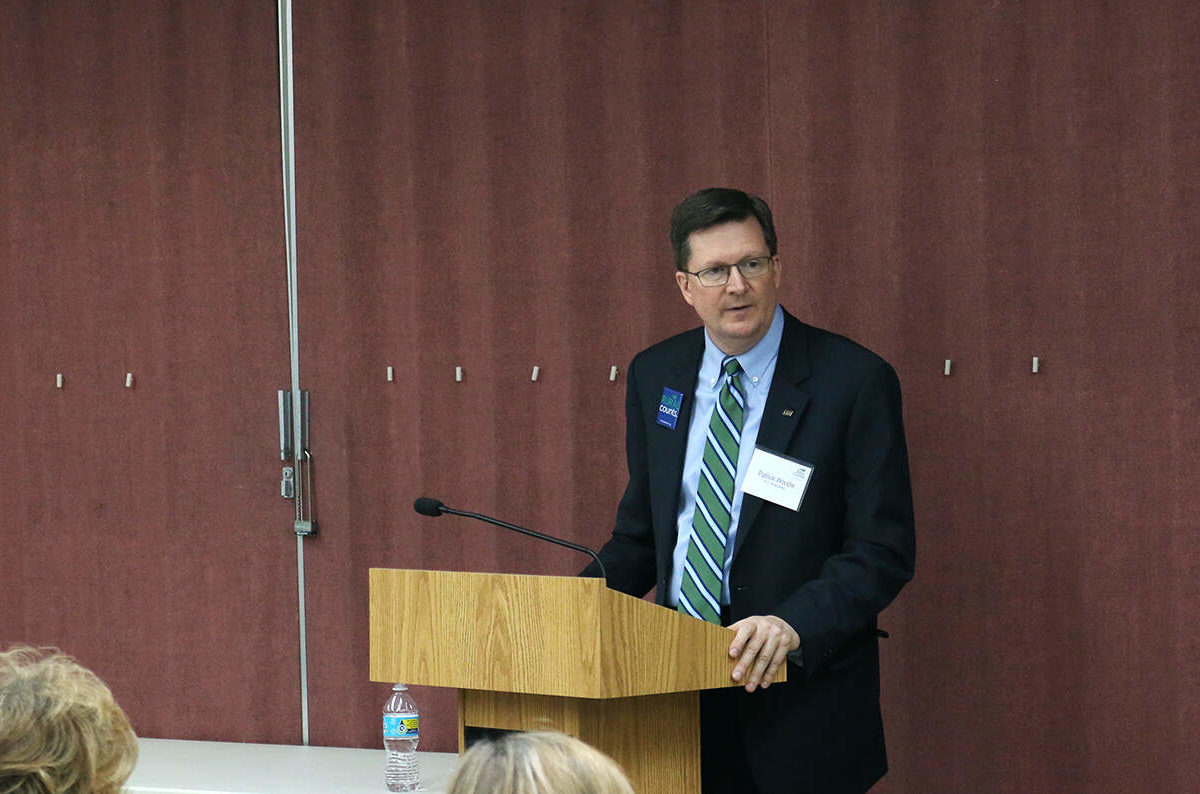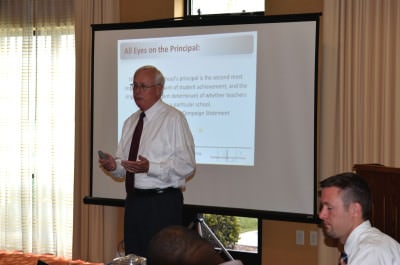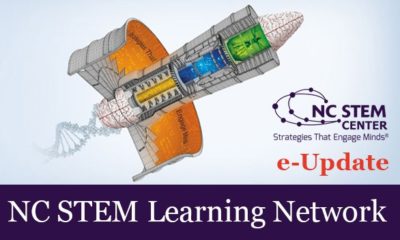
Last week, I spent three days traveling the state hearing and talking about the issues facing rural communities. It was a trip that left me feeling optimistic and encouraged, but also frustrated.
Optimistic about the future of our rural places. Encouraged by the people who live there and their dedication to the places they call home.
It’s hard not to leave a meeting or a conversation with a group of creative and entrepreneurial individuals who tirelessly put in the time and effort to tackle the chronic issues plaguing our rural communities and not be inspired.
The frustration crept in at the end of my trip, on the car ride home. Why are our rural places always left in a position of defending their existence to their larger, more successful metro siblings? Why do the people who live there feel the need to explain their decision to stay, return, or relocate?
It would be disingenuous to argue that rural North Carolina is not facing a whole host of vexing issues that are in need of significant and long-term solutions. That is beyond doubt. Increased poverty, lack of access to quality health care, chronic diseases, substance abuse, unemployment, the list goes on and on.
However, these issues are not unknown to the more robust and economically stable metros in our state. Intergenerational poverty is found across the state. Jobs are lost regardless of zip code. Health is affected as much by race and income, as it is geographical placement.
But it would also be disingenuous to argue that these issues are not complicated by the fact they occur in a rural community or small town. Lack of reliable transportation in a rural place makes driving to see a medical specialist more of a challenge. Skewed dependency ratios mean some rural municipalities have a diminished tax base and greater demands on their systems of service. It is harder to age in place in rural North Carolina. And the loss of a job can have more long-term consequences when the employment choices are lacking or non-existent.
But, as I always like to remind folks, rural in North Carolina is a lot different than rural in North Dakota.
On my way home from the launch of the North Carolina Rural Center‘s new rural advocacy agenda initiative last Tuesday, I was struck by the number of solar farms I passed taking the back roads from Albemarle to my home in Wayne County. It was a reminder of how much our nation depends on our rural places for the energy to keep the lights on in the big metros.
And those same places depend upon rural for food, and the people who live there frequently spend their vacations and recreational family time in non-metro places. Our state is blessed with a beautiful topography that is a significant lure for those who move here for jobs or education. There are not a lot of places in this country where scenic mountains and vast coastlines are so easily accessible to so many.
It’s easy to forget all this when all we hear about is the explosion of cities and metro areas in this state. The relatively recent transition of our state from agriculture and manufacturing to a creative, knowledge-based economy is something we all should celebrate and take great pride in. But as we are being wowed by the data about population growth in the state’s burgeoning 40/85 urban corridor, let’s not forget that North Carolina’s rural population has grown as well. No doubt that growth pales when placed in comparison to the Charlottes, Triads, and Triangles of the state, but it is real growth nonetheless.
In Albemarle, NC Rural Center President Patrick Woodie noted that North Carolina has the second largest rural population in the country, and one of the most dense rural populations in the United States–along with one of the least dense urban populations.
According to the U.S. Department of Agriculture’s Economic Research Service, in 2014 there were 2,206,108 people in rural North Carolina, a 23 percent increase from the 1,688,108 who called rural North Carolina home in 1980.
No doubt that growth has not been spread evenly across the state, and a disaggregation of that data would no doubt show greater growth in the rural places that ring the state’s metros, but in some ways that just reinforces the importance of rural places to our growing urban pockets.
As our world continues to shrink with the spread of broadband access, more and more people will choose to work remotely in a small town or rural setting. And more retirees are more likely to call those places home when they can live in closer proximity to the cultural amenities of a city and yet have all the benefits — and lower taxes– of a small town/rural setting.
So what does education have to do with any of this? A lot, actually.
North Carolina is scheduled to move to a digital learning plan that will place a device in the hand of every student by 2017–urban and rural. If successful, the transition could mean a closing of the educational attainment gap that exists between urban and rural students. A rural student will now not be limited by geography but instead will have access to the same teachers, resources, and curriculum as a student sitting in a chair at the School of Science and Math.
But that’s only if there is adequate and reliable broadband in place across the state–in the home as well as in the classroom–to act as the conduit for opportunity for rural students.
In Albermarle, the number one strategy on the Rural Center’s new rural advocacy agenda was to “Vigorously advocate for innovation in education and workforce development.”
For rural communities to grow and prosper–and by extension, for our state to continue to grow and prosper–rural students must have access to the same level of quality education and resources as their urban counterparts.
Technology will help close that gap, but, at the end of the day, it is just a means to an end, and what will make those tools work in the hands of a student is a continued robust and secure pipeline of the same dedicated, hardworking professionals who continue to teach in rural places.
The Rural Center advocacy agenda notes that “Schools are the heart of rural communities” and for rural places to survive and flourish, rural students need quality educators. The Center’s advocacy agenda calls for the “recruitment, retention and professional development strategies that correspond to the challenges in rural communities.”
But a secure and reliable pipeline of teachers and access to broadband and digital learning devices are only part of the equation. As the Center’s advocacy agenda calls for, rural students need innovative programs that expose them to careers in the STEM field and enables college-readiness through expanded early-college programs at the state’s rural community colleges.
As the Rural Center notes, “Educated people with resilient, adaptive skills living in educated places with strong, collaborative institutions are required for rural North Carolina to prosper in the 21st century.”
That is certainly a formula for thriving rural communities, but it is also part of the equation of a thriving 21st Century North Carolina, a network of attractive places to live and work–regardless of the labels we place on those communities.
So let’s stop talking about the rural/urban divide in this state and instead focus on the rural/urban partnership, a symbiotic relationship that is mutually beneficial and depends on the success and prosperity of both places.
We can and must talk about differences, just as we must name the challenges that are unique to each setting, and how place-based strategies are needed at the community level to solve chronic issues, but for North Carolina to prosper we need to stop thinking of rural as a relic of a by-gone area and instead think of it as an asset to our growing metros.
Because people will continue to choose to call rural places and small towns home, and that is a good thing for our state.
As NC Rural Center Senior Fellow Jason Gray said at the Albermarle event, “There is far more that unites us than divides us.”
The Rural Center’s “10 Strategies for Rural North Carolina’s Future” is available here.
Register here for one of the remaining community events in Wilkesboro (April 14), Oxford (April 20), and Kenansville (April 21).



